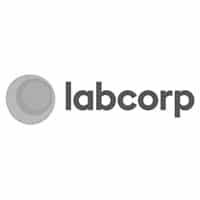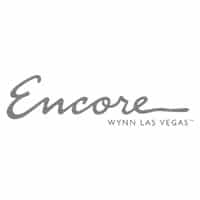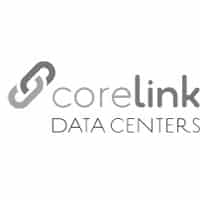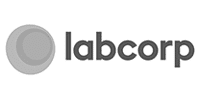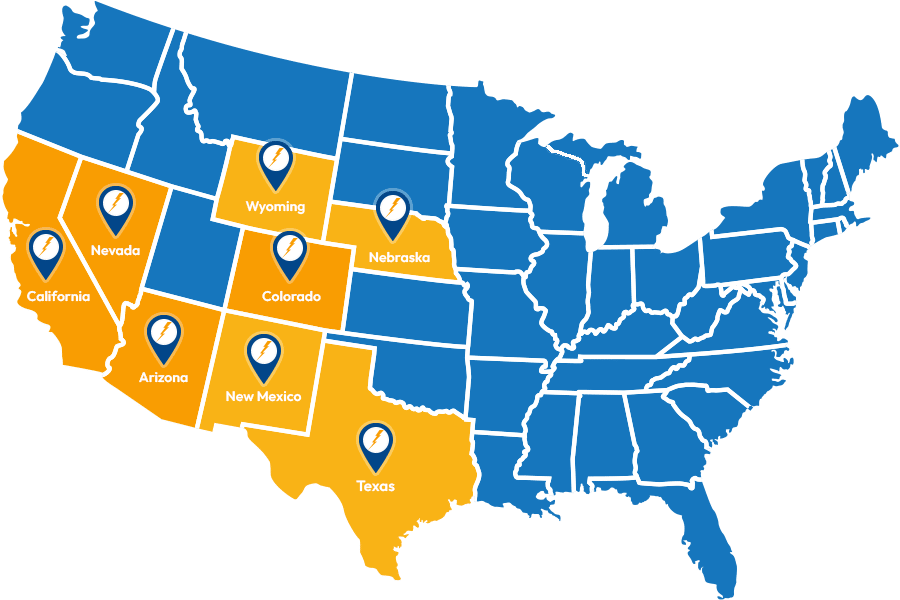What is a Hyperscale Data Center?
 There is a lot of buzz about hyperscale data centers, and for good reason, the number of hyperscale data centers is growing rapidly and will continue to do so. Before we discuss why hyperscale data centers are on the rise, it is important to fully understand what a hyperscale data center is. Digital Reality explains what hyperscale data centers are and how they differ from traditional data centers, “What is “hyperscale?” The word itself is a pretty good indicator. The prefix “hyper” means over or excessive. The word scale refers to size or extent. So companies now being called “hyperscalers” are those massive companies like Google, Facebook, and Amazon that are making efforts to not only dominate the public cloud and cloud services industries, but to expand their business into numerous related verticals, as well…Cloud dominance is really just one part of the vision for these companies. The real goal lies in developing infrastructure that can support hundreds of millions, perhaps even billions, of users…Hyperscale companies have a broad, ambitious vision for their future. In most cases, that vision requires a substantial investment in infrastructure…thus far, it’s only the massive players mentioned above that have really put hyperscale compute and storage into practice on a large scale. But for businesses that need to store and process massive amounts of data, hyperscale represents an exciting opportunity moving forward. Industries like banking, oil & gas, and healthcare & pharma all can adopt more effective and nimble data collection strategies thanks to increased redundancy at the server level…For the moment, cloud infrastructure and services remain the most in-demand of the services that hyperscalers provide. With larger enterprises ramping up their storage and compute needs and small- and medium-sized businesses taking the plunge for the first time, the race for cloud market share is very much on.”
There is a lot of buzz about hyperscale data centers, and for good reason, the number of hyperscale data centers is growing rapidly and will continue to do so. Before we discuss why hyperscale data centers are on the rise, it is important to fully understand what a hyperscale data center is. Digital Reality explains what hyperscale data centers are and how they differ from traditional data centers, “What is “hyperscale?” The word itself is a pretty good indicator. The prefix “hyper” means over or excessive. The word scale refers to size or extent. So companies now being called “hyperscalers” are those massive companies like Google, Facebook, and Amazon that are making efforts to not only dominate the public cloud and cloud services industries, but to expand their business into numerous related verticals, as well…Cloud dominance is really just one part of the vision for these companies. The real goal lies in developing infrastructure that can support hundreds of millions, perhaps even billions, of users…Hyperscale companies have a broad, ambitious vision for their future. In most cases, that vision requires a substantial investment in infrastructure…thus far, it’s only the massive players mentioned above that have really put hyperscale compute and storage into practice on a large scale. But for businesses that need to store and process massive amounts of data, hyperscale represents an exciting opportunity moving forward. Industries like banking, oil & gas, and healthcare & pharma all can adopt more effective and nimble data collection strategies thanks to increased redundancy at the server level…For the moment, cloud infrastructure and services remain the most in-demand of the services that hyperscalers provide. With larger enterprises ramping up their storage and compute needs and small- and medium-sized businesses taking the plunge for the first time, the race for cloud market share is very much on.”
How Rapidly Are Hyperscale Data Centers Growing?
 While hyperscale data centers are still a relatively small percentage of all data centers, that is changing, and fast. Hyperscale data centers are seemingly multiplying. TechCrunch provides some statistics on just how rapidly hyperscale data centers are growing, “Hyperscale operators are defined as enormous companies like Amazon, Apple, Facebook and Google that need to provide computing on a massive scale. You would think that there would be a limited number of this type of highly specialized data center, but recent research from Synergy Research found that 2017 was actually a breakout year for new hyperscale data centers across the world — with no sign of slowing down in 2018…The definition of hyperscale varies, but IDC says it requires at least 5000 servers and 10,000 square feet of available space, but is often much larger. Synergy defines it having ‘several hundreds of thousands of servers — or sometimes millions’…Synergy reports 69 additional facilities were in various stages of planning or construction, but not completed, as the year closed. At the current pace, Synergy predicts there will be over 500 worldwide by the end of 2019.”
While hyperscale data centers are still a relatively small percentage of all data centers, that is changing, and fast. Hyperscale data centers are seemingly multiplying. TechCrunch provides some statistics on just how rapidly hyperscale data centers are growing, “Hyperscale operators are defined as enormous companies like Amazon, Apple, Facebook and Google that need to provide computing on a massive scale. You would think that there would be a limited number of this type of highly specialized data center, but recent research from Synergy Research found that 2017 was actually a breakout year for new hyperscale data centers across the world — with no sign of slowing down in 2018…The definition of hyperscale varies, but IDC says it requires at least 5000 servers and 10,000 square feet of available space, but is often much larger. Synergy defines it having ‘several hundreds of thousands of servers — or sometimes millions’…Synergy reports 69 additional facilities were in various stages of planning or construction, but not completed, as the year closed. At the current pace, Synergy predicts there will be over 500 worldwide by the end of 2019.”
Hyperscale Data Centers Must Be Able to – You Guessed It – Scale
As we have all seen and had to adapt to, data is rapidly evolving and growing. The more the world gets consumed by the Internet of Things, the more data will be transmitted, processed, and stored. And, the size of the data is growing. Even relatively small businesses are needing their data centers to be able to scale. Scaling has proven a challenge for many legacy data centers. For this reason, many businesses, if capable, are transitioning to hyperscale data centers. Raritan points to the need for scalability in data centers and the transition to hyperscale that many are making, “Scalability is a major feature of these new age data centers and it works in two ways. Horizontal scaling, known as scaling out, means increasing the machines working in the network. Vertical scaling, or scaling up, adds additional power to the machines already in service. The result is a data center able to meet expectations at many levels, improving uptime and load times for end users. Workloads that fit into this scenario are both high-volume and require substantial power to run high-caliber tasks such as 3D rendering, cryptography and genome processing along with other scientific computing work.”
How Can Data Centers Transition to Hyperscale?
The transition to hyperscale is not easy or cheap. There is no point in beating around the bush about that. With the transition comes new hardware, new software, new personnel, new (read: larger) facilities, etc. Hyperscale is like the wild west, there are no rules. With enterprise data centers you would have purchased hardware from a manufacturer in the quantities and with the features that your data center needed. Because hyperscale data centers are so unique to the specific business and its data needs, many hyperscale data centers are building their own equipment to meet those needs.
Do Operations in Hyperscale Data Centers Look Different From Enterprise Data Centers?
Yes, operations are very different in hyperscale data centers. ComputerWorld describes the operational differences in hyperscale data centers, “Even though enterprise data centers are smaller than hyperscale cloud data centers, you likely have more staff…They’re not replacing failed network cards and hard drives, updating firmware or scheduling maintenance windows. They’re running the automation and ignoring hardware failures because those are taken care of automatically. ‘Outages happen, people make mistakes, software has bugs,’ says Bakken, ‘so let’s make it self-healing. If something breaks I want to know it broke but I have a set of provisions and contingencies that protect and heal the system.’”
Are Hyperscale Data Centers Energy Efficient?
 Hyperscale data centers are not only energy efficient, they are often more energy efficient than legacy and even small data centers. In fact, hyperscale data centers are driving the growth of renewable energy use in data centers. ComputingNow explains the use of renewable energy in hyperscale data centers and how they are leading the way in data center energy efficiency, “A recent report by Berkeley Lab entitled, ‘United States Data Center Energy Usage Report,’ the first comprehensive energy analysis of data centers in nearly a decade, notes that while large, hyperscale data centers are operating more efficiently, smaller data centers, which are expected to account for 60 percent of all data center energy use in 2020, remain largely inefficient…Straining at the yoke of ever-escalating energy prices, hyperscale data centers have adopted a number of policies to become more energy efficient. For one, many no longer blast air conditioning indiscriminately to cool equipment. Instead, they’ve adopted far less energy intensive cooling strategies, like hot aisle isolation, economizers, and liquid cooling. Another strategy is the implementation of power management software, which allows servers to scale back on their power consumption when they go into idle mode or run at less than full capacity. Still another strategy is to consolidate servers so that fewer run at higher capacities—instead of three servers running at 10 percent, run one at 30 percent. The move towards virtualization has given rise to cloud services, which has opened up a new road to energy efficiency.”
Hyperscale data centers are not only energy efficient, they are often more energy efficient than legacy and even small data centers. In fact, hyperscale data centers are driving the growth of renewable energy use in data centers. ComputingNow explains the use of renewable energy in hyperscale data centers and how they are leading the way in data center energy efficiency, “A recent report by Berkeley Lab entitled, ‘United States Data Center Energy Usage Report,’ the first comprehensive energy analysis of data centers in nearly a decade, notes that while large, hyperscale data centers are operating more efficiently, smaller data centers, which are expected to account for 60 percent of all data center energy use in 2020, remain largely inefficient…Straining at the yoke of ever-escalating energy prices, hyperscale data centers have adopted a number of policies to become more energy efficient. For one, many no longer blast air conditioning indiscriminately to cool equipment. Instead, they’ve adopted far less energy intensive cooling strategies, like hot aisle isolation, economizers, and liquid cooling. Another strategy is the implementation of power management software, which allows servers to scale back on their power consumption when they go into idle mode or run at less than full capacity. Still another strategy is to consolidate servers so that fewer run at higher capacities—instead of three servers running at 10 percent, run one at 30 percent. The move towards virtualization has given rise to cloud services, which has opened up a new road to energy efficiency.”
Hyperscale Data Centers Future
The future is looking bright for hyperscale data centers. They are rapidly growing and even small data centers may make the move to hyperscale data centers to improve energy efficiency and cut costs while meeting the growing demands of data. If the expert projections are accurate, we will see a rapid multiplication of hyperscale data centers in 2019 and in the years to come.


